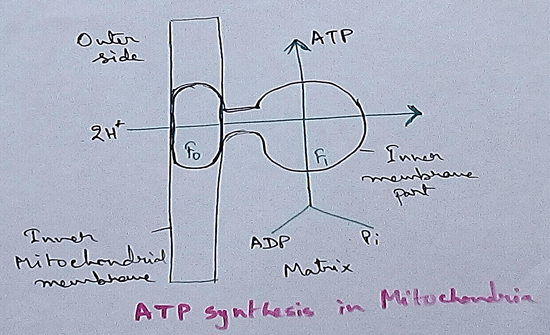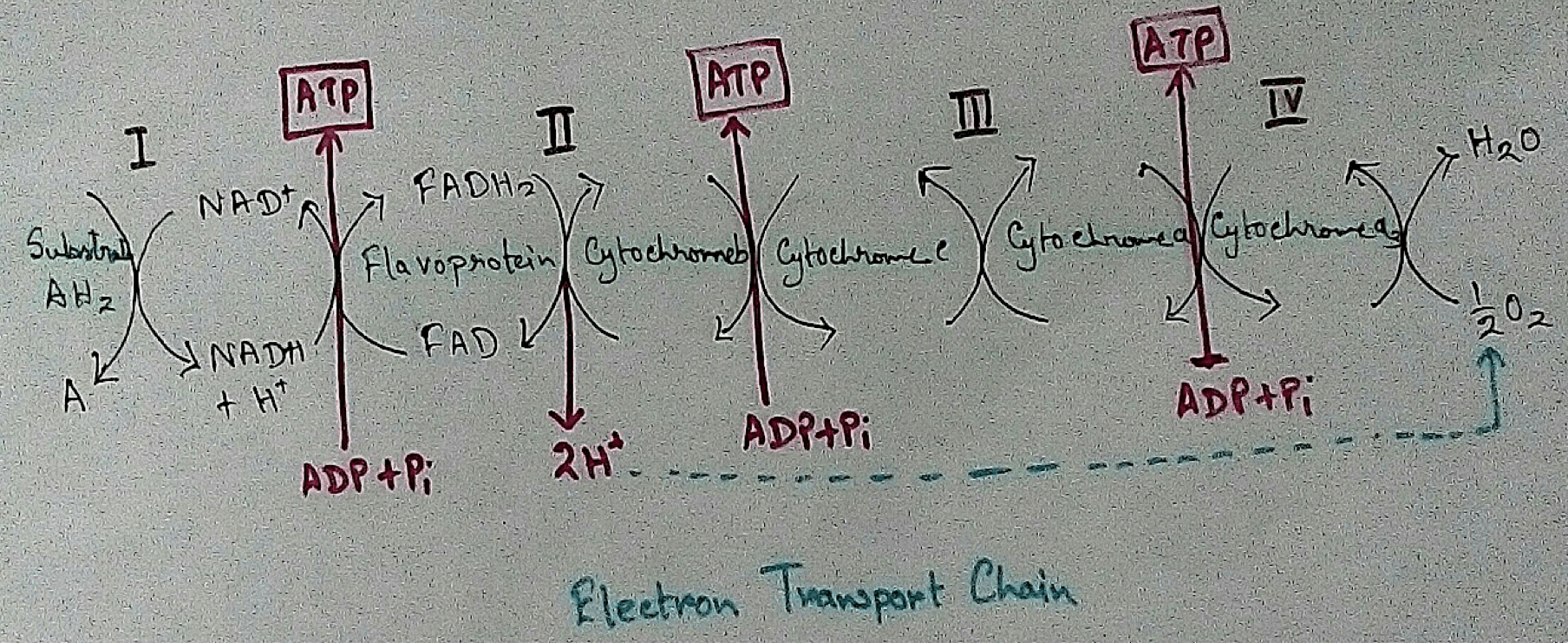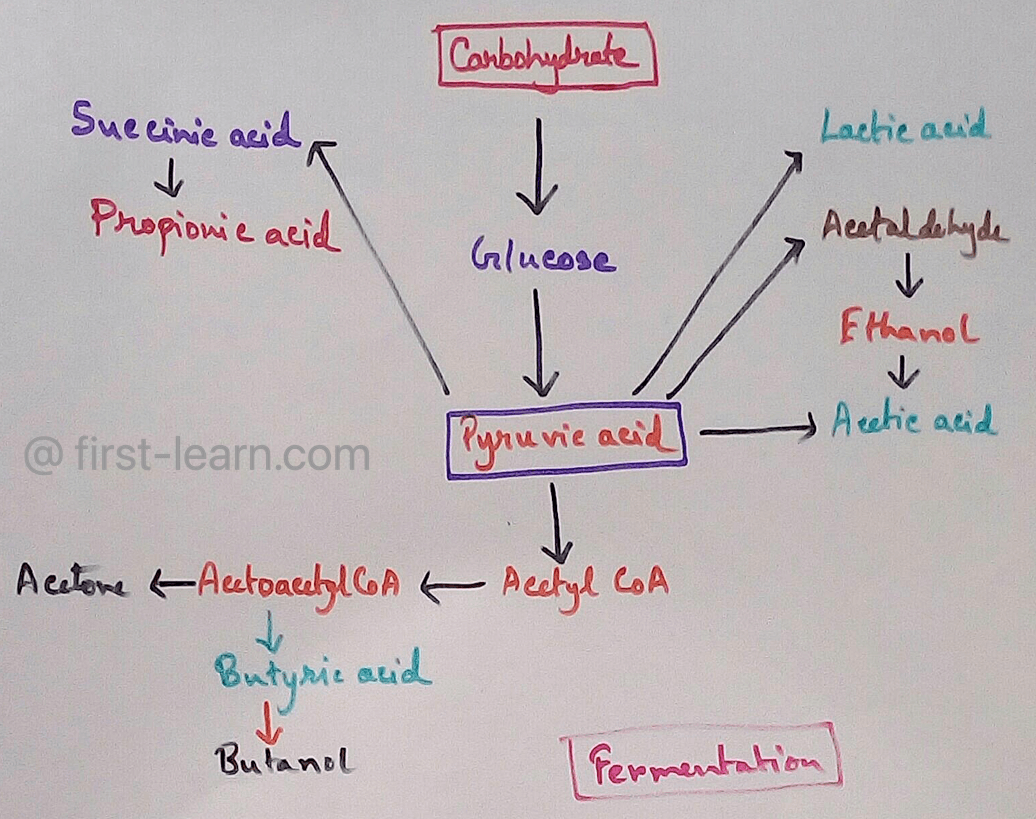Clean and Hygienic Surroundings
How to keep clean and hygienic surroundings?
We like to study in a neat and clean classroom not in an untidy classroom because it is always enjoyable to study in a neat and clean classroom.
Similarly, we should look after our homes and surroundings and keep them clean and tidy. It is good to be neat and tidy and to keep things in order. Cleanliness applies to all things around us.
In the house we should sweep and mop the floors daily. The house should be aired by keeping the windows open. All rooms should get proper air and light.
Curtains and carpets should be cleaned and dusted regularly. Other household items should be dusted daily.
Everything should be kept in their proper places to look
neat and tidy. This helps us to get the things easily whenever needed.
In the kitchen we prepare meals. It should be kept very clean. All kitchen items must be kept in their proper places. All vessels and utensils must be used only after cleaning them properly. Dirty vessels will lead to infection and diseases. Hence, they must be washed clean after every use.
The kitchen should be cleaned after using it. All waste must be thrown in a dustbin.
Kitchen garbage should be covered and disposed of daily. Open kitchen wastes will attract flies which sit on uncovered food. Thus, clean food too gets spoiled.
We should never use a dirty and smelly toilet. Everyone likes to use a clean toilet. Sufficient water and flushing of all traces of dirt helps to keep the toilet clean.
Toilets should be washed daily. Disinfectants should be used to keep off flies and germs. Public toilets should be used with as much care and cleanliness as our toilets at home.
All the garbage collected from a home and its surroundings should be disposed of daily. We should not throw garbage outside our house or in our neighborhood.
Public garbage bins are provided. It is correct to dispose of our garbage into these bins. The municipal trucks come and clean these bins regularly.
Garbage should not be left open or scattered. This leads to the spread of diseases.
How should we keep the areas around our house?
The areas around our house and in the colony should also be swept daily to keep clean and hygienic surroundings. We should not allow water to stagnate. Mosquitoes breed in such water and spread diseases. Garbage from these places should be cleared out too. Public places like gardens, cinema halls, railway platforms etc. should be kept clean. We should throw litter in the garbage bins kept at these places. We should not spit, urinate or defecate in open or public places. Clean surroundings make us happy and keep us healthy.
Safety Rules in the Playground
Clean and Hygienic SurroundingsFrom Clean and Hygienic Surroundings to HOME PAGE
Recent Articles
-
Respiratory Balance Sheet | TCA Cycle | ATP Consumption Process
Feb 18, 24 01:56 PM
The major component that produced during the photosynthesis is Glucose which is further metabolised by the different metabolic pathways like glycolysis, Krebs cycle, TCA cycle and produces energy whic… -
Electron Transport System and Oxidative Phosphorylation | ETC |Diagram
Feb 04, 24 01:57 PM
It is also called ETC. Electron transfer means the process where one electron relocates from one atom to the other atom. Definition of electron transport chain - The biological process where a chains… -
Tricarboxylic Acid Cycle | Krebs Cycle | Steps | End Products |Diagram
Jan 28, 24 12:39 PM
This is a type of process which execute in a cyclical form and final common pathway for oxidation of Carbohydrates fat protein through which acetyl coenzyme a or acetyl CoA is completely oxidised to c… -
Aerobic Respiration | Definition of Aerobic Respiration | Glycolysis
Dec 15, 23 08:42 AM
This is a type of respiration where molecular free oxygen is used as the final acceptor and it is observed in cell. Site of Aerobic Respiration - Aerobic respiration is observed in most of the eukaryo… -
Fermentation | Definition | Types of Fermentation | Application
Nov 29, 23 10:27 PM
Definition of fermentation- It is a process that is energy yielding process of anaerobic oxidation of organic compounds which are carried out by the enzyme action of micro organisms where neither gase…




New! Comments
Have your say about what you just read! Leave me a comment in the box below.